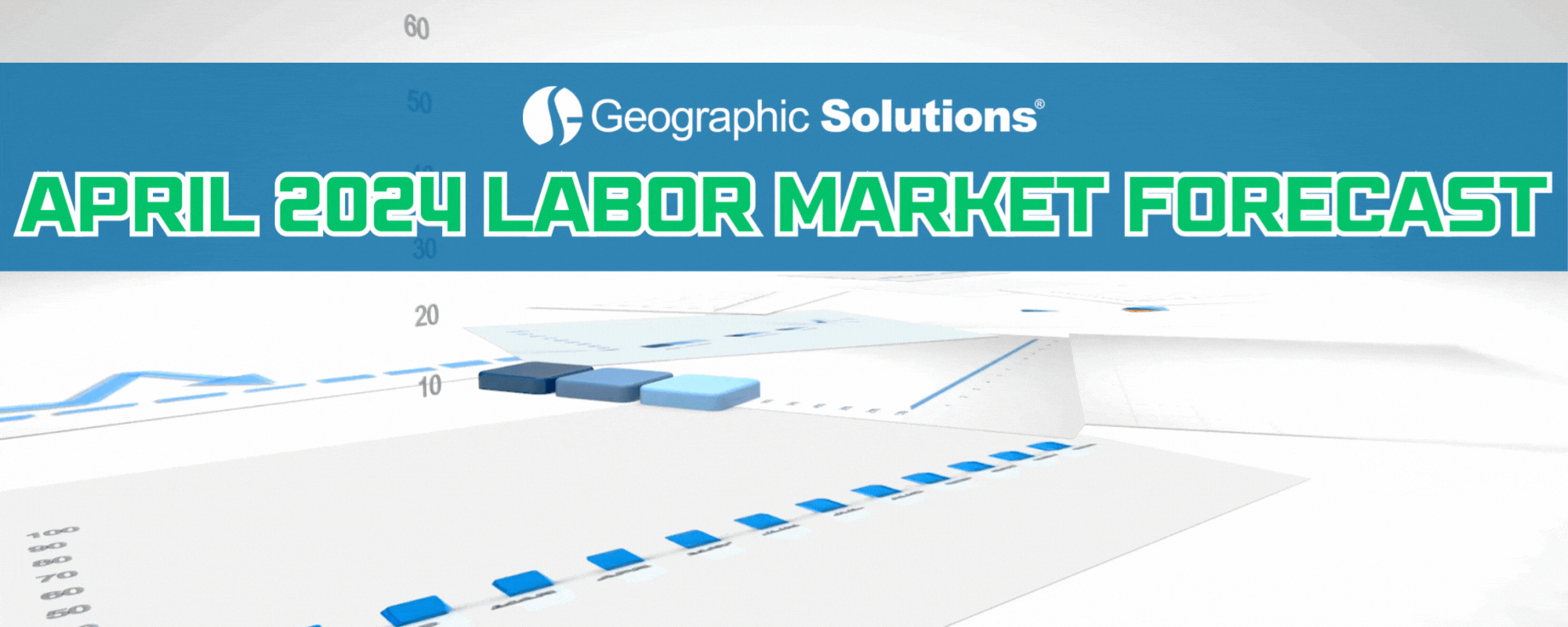
U.S. employment is expected to increase by 251,000 jobs
KEY TAKEAWAY: Employment in the U.S. is forecasted to continue to rise in April 2024 by 251,000 jobs while the unemployment rate is expected to rise to 3.9%.


.gif?width=1200&length=1200&name=Econ%20Corner%20%20-%20April%202024%20(1).gif)
.gif?width=1200&length=1200&name=Econ%20Corner%20%20-%20April%202024%20(3).gif)
.gif?width=1200&length=1200&name=Econ%20Corner%20%20-%20April%202024%20(4).gif)
.gif?width=1200&length=1200&name=Econ%20Corner%20%20-%20April%202024%20(5).gif)
Employment
- Our Expectations: Despite the recent surge in job creation over the past three months, our expectation is that elevated interest rates, stubborn inflation, and slowing business activity will start to take hold in the labor over the next several months - effectively slowing down job growth.
- Diving in: Strong employment gains have been key to maintaining the current positive momentum of the labor market as real wages have stagnated since the beginning of the year. If higher inflation continues to put downward pressure on real wages, we could see a pullback in consumer purchases that would ultimately discourage businesses from hiring.
Unemployment Outlook
- Breaking it Down: The U-6 unemployment rate, which includes discouraged, underemployed, and unemployed workers in the country, stayed at 7.3% in March. The narrower U-3 unemployment rate, which indicates only the number of unemployed people actively seeking a job, decreased from 3.9% in February to 3.8% in March.
- What Does This Mean?: The decline in March of the U-3 rate and the unchanged U-6 unemployment rate, along with a large increase in the labor force participation rate, indicates a labor market picking up steam which is more consistent with what the employment numbers suggest.
- Why it Matters: Typically, the employment and unemployment surveys show similar patterns in the labor market. However, they have shown different patterns through February. This could be due to the U.S. Department of Labor is using Census data that is underestimating population growth, which could lead to lower calculations of employment levels in the household survey. The upcoming April report will give some clue as to whether March was the beginning of a convergence between the surveys or merely a blip.
Key Indicators
- What We're Watching: There are three main factors that are contributing to the predicted decrease in job creation and a steady rate of unemployment. These factors include the number of monthly job openings, job applicants, and the number of unemployment claims filed. Data from Geographic Solutions' and the U.S. Department of Labor during the March survey period shows the following:
- The number of job openings increased by 3.3% (U.S. Department of Labor, Geographic Solutions)
- The number of unemployment applicants declined by 4.4% (Geographic Solutions)
- The total amount of unemployment claims declined by 1.6% (U.S. Department of Labor)
Employment & Unemployment Forecast

Will the US labor market continue to grow in the coming months? If so, what’s causing this recent growth?
Yes. Although job growth will be slow, recent employment gains coupled with an uptick in labor force participation rate seem to be enough to maintain positive forward momentum.
How will the surging labor market impact the Federal Reserve’s decision to cut interest rates?
The large job growth seen over the last year gives the Federal Reserve room to maintain or raise rates without pushing the economy into a recession.
Despite the recent growth of jobs, why is the labor market still tight?
The labor market may give the appearance of being tight to some, but here's why it's not. Typically a tight labor market means that the unemployment rate maintains a low rate after a period of decline, job growth slows, and wage growth picks up. Recent growth in jobs contradicts that we're in a tight labor market.
Geographic Solutions derives its employment forecast and unemployment rate forecast from internal data on the number of job openings, searchers, and employment and unemployment applications filed on Geographic Solutions' state client sites. The forecast uses unemployment claims data from the U.S. Department of Labor (USDOL).
.gif)

Are you enjoying Phillip Sprehe’s insights and analysis? Interested in having him speak or provide content for podcast, television, internet, or other mediums? Please email us using this form.
